A few times reading through CIPA data and also discussing BCN data I’ve noted to you all that Japan is doing weird things with the camera market as there is a major resurgence in compact and smaller cameras.
There has been a lot of chatter on the internet about this, and for the moment this appears to be a Japanese phenomenon. History has taught us that sometimes these sorts of things start in Japan and become a global trend. If you’re unaware, Japan was the first market to completely embrace mirrorless cameras, through Panasonic and Olympus even though both brands have since faded more in the background.
What we are hearing from internet chatter out of both China and Japan is that the younger Gen Z crowd wants something different. Yes, they all have phones.
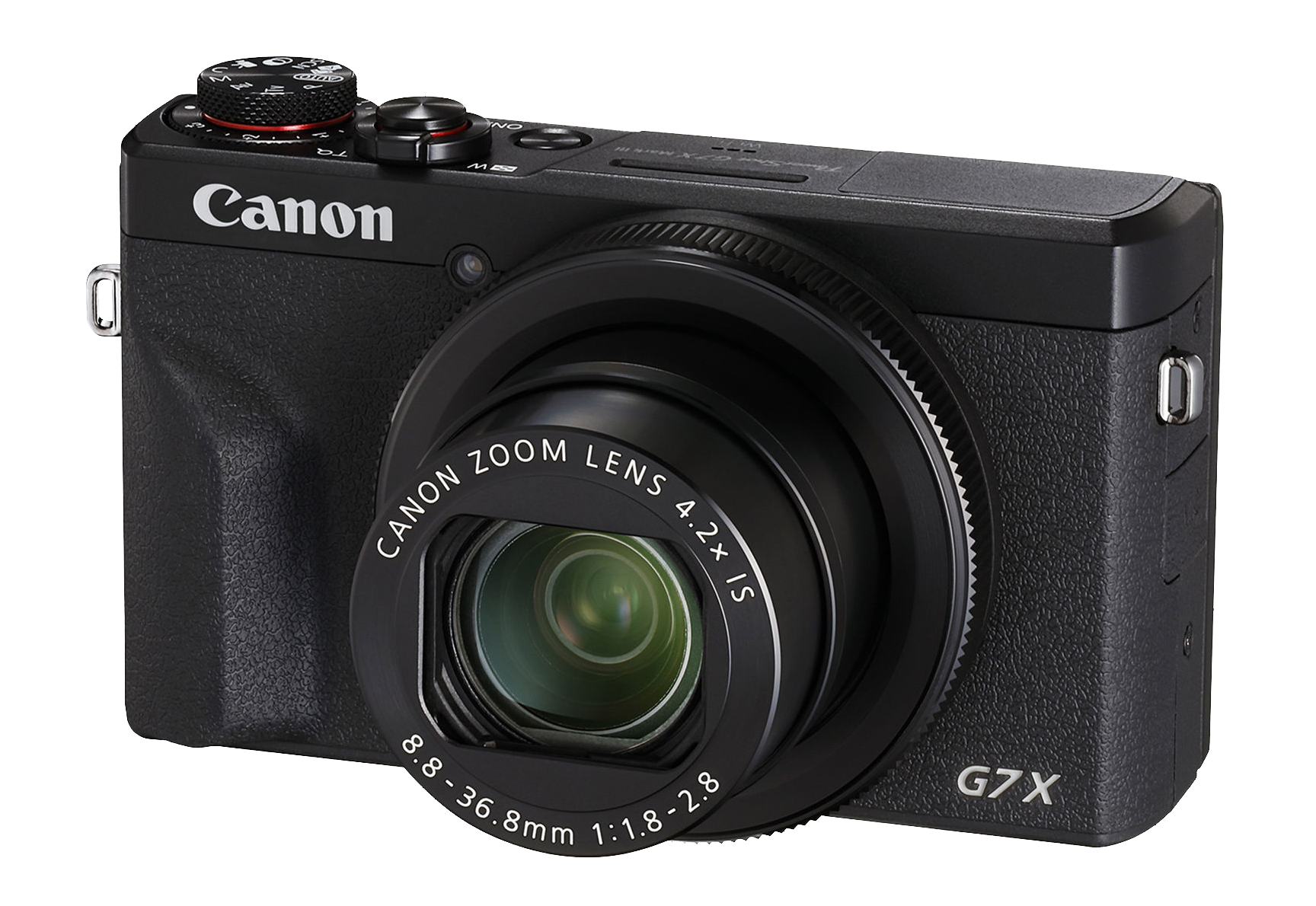
Why Compacts?
I started to talk about the compact camera resurgence in Japan a while ago, and some of you may remember that for a while Kodak was the leading camera seller in Japan. No, this wasn’t 30 years ago, this happened this year.
There’s a variety of reasons compacts seem to be making a resurgence, and that deals with an actual zoom lens, and at times, with the older compacts; the noise is similar in structure to film grain. Or at least enough anyway, that those who wish more retro images are finding that compact cameras do a good enough job. Smartphone cameras do such a good job of noise reduction, that the images are far more digital, overprocessed and less film-like. And let’s be real – even a 5-year-old compact camera offers more zoom reach than the average smartphone.
There is also the bridge between the traditional smartphone and interchangeable lens camera, and that’s really what I’m going to whine about today.
Where are the new Compact Cameras?
Compact cameras have been abandoned by the major Japanese camera companies as they race to breathlessly deliver the next multi-thousand full-frame camera that delivers a better profit percentage.
Sony still makes a few and Canon has given up the market with the last Compact cameras made by the now defunct (I assume) PowerShot division in 2019. I don’t consider the VX10 to be a compact camera.
To be honest, I think most of us assumed that compact cameras were dead, but we tend to forget that people are taking pictures on small sensors and in far greater quantities than large sensor cameras.
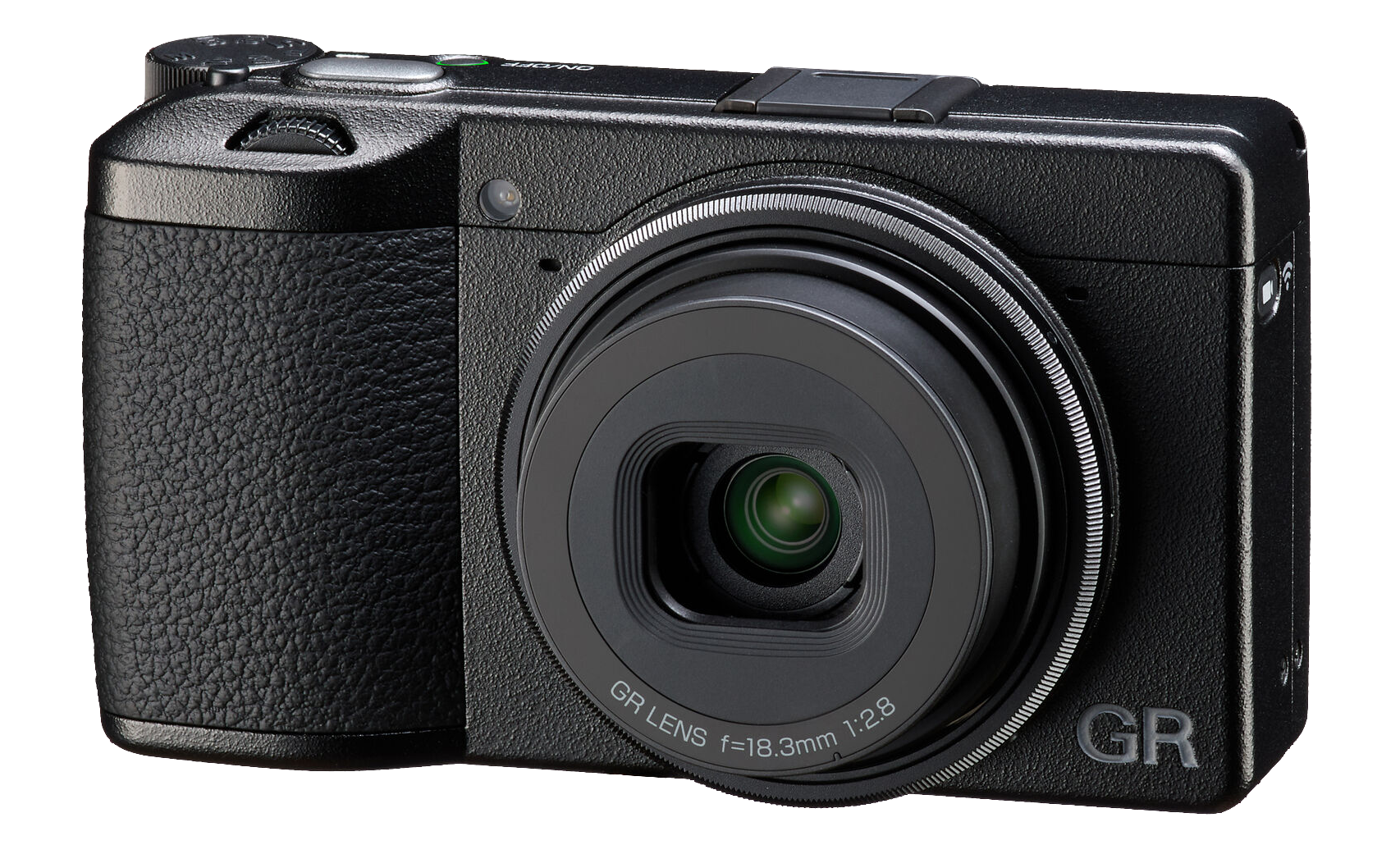
Richard will be right back after this Rumor break
Ricoh looks like they’re going to dive further into compact cameras with new model segments in 2025. The GR III has been a huge success. It’s interesting that Ricoh has been a big winner in Fuji’s inability to meet demand for their X100VI. According to some retailers in Canada and the US, people decided not to wait their turn in line and went with the GRIII instead.
Ricoh will be releasing a GRIV and GRIV Monochrome in 2025. They will also be releasing a more affordable GR camera, as well as a long zoom compact.
Ricoh will also be releasing a new film camera to pair with the Pentax 17. We have heard that the new film camera will have an autofocus zoom lens of some kind.
The Progression of the Smartphone Photographer
We know that cameras in phones are important as with every new camera smartphone release, one of the major elements they discuss is the camera. Apple shocked the industry with the addition of a special button for the iPhone’s camera this year.
Let’s assume for a moment that photographers now are cutting their teeth on smartphones. Sooner or later some of them, even with computational photography benefits, will feel the lack the lens options, or the benefits of a larger sensor size limit their creativity.
I think right now the prevailing theory is that these people will jump right from a smartphone to a semiprofessional ILC. But that’s a big jump in both terms of expenditure size, and complexity. Should that leap be the ONLY solution? It seems like there is a trend starting that says it’s not the only solution, people do want cameras outside of the smartphone, whether it be larger sensor compacts, smaller niche compacts or even film. Note that none of these areas the major camera manufacturers in Japan do anything outside of lip service.
Of particular note is the technology, cost and complexity gap between modern ILC’s and smartphones. When you stop and consider just how different the image pipeline is, post-processing, camera settings, control and configuration, EVFs, lenses, etc. When you add up all those differences between smartphones and ILCs, it is no wonder that people don’t want to spend thousands without knowing all the details and have confidence that it’s what they need and want. But who’s there to help them go through that journey? We seem to have lost the steps up that complexity staircase from easy to professional camera systems.
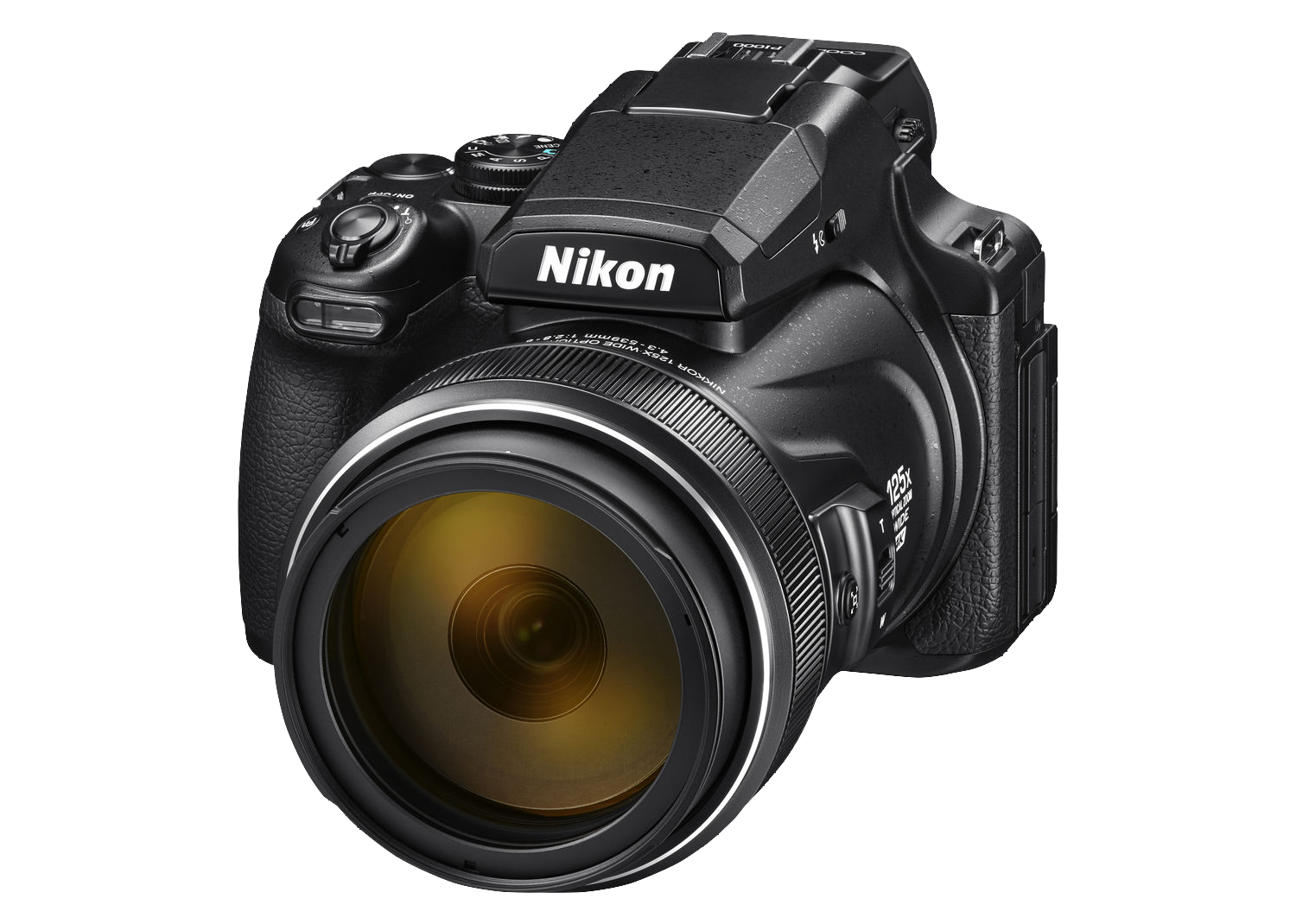
Camera Companies have Already admitted Defeat
Now the next commentary from the forums will be that Canon and the Japanese companies know best – but do they? They like any company have blind spots, or what they feel are the priorities. They are in it to make a profit for their shareholders, and the full frame is where that is at from a lens and camera body perspective.
But there is only so far and so long that it is going to work before people get the last camera that they ever need to purchase. Then you’ve lost that customer until their camera breaks.
We know that camera companies have decided not to compete with smartphones or even offer cameras as alternatives anymore. That marketing message to these potential consumers is gone, especially for Canon. The Powershot group highlighted the EOS-M as a lifestyle camera, and not a serious camera for professional use, showing that the camera can simply do things that smartphones cannot. The M100/M200 series was the entry adaptation camera, that acted very similar to a smartphone and even provided tutorials on how to control depth of field and others.
You all know I rail on the R100 a lot, but this is the very reason I do. Here is Canon’s entry-level camera and if someone is coming from a smartphone it’s an unintuitive piece of steaming dog droppings. It will literally give anyone a bad idea of moving to an ILC as being unnecessarily complicated. Full Stop.
We won’t even get into the lack of any compact cameras from Canon.
What can be done?
Well, the good thing is that all this is happening in Canon’s backyard, so I would not be surprised to see the reinvention of what made the EOS-M a popular lifestyle brand in Asia. Sony and Fuji are far further along than Canon is, so Canon has some catching up to do. But all of them are now except Sony, ignoring the bridge between smartphones and real cameras and they all seem to expect people just to take that leap entirely blind.
The camera companies are setting their doom by missing this market, as it usually goes if they don’t go after this market, someone else will.
Elitism does not expand the market, but it certainly will collapse it fast enough.
CR Guy’s Take
As we’ve all probably read at some point, Gen Z has been pushing the film and compact camera market demand. We’ve seen a big jump in prices on used digital and film compact cameras.
I think it’s going to be extremely important for camera companies to really focus on the younger demographic. This is probably the most difficult customer for a company to attract. I have noticed over the years, 20 somethings are shooting Sony Alpha cameras, as Sony has done a great job chasing down this demographic. Based only on my observations, Canon falls short in this regard.
One must also consider that Sony has brand power in other areas. Televisions, headphones, video products, and big one.. The PlayStation. Canon has printers (ok boomer).
During the PowerShot days, Canon was able to get younger customers, as they were offering a complete line of compact cameras. Smartphones took a while to take that segment as we all know.
It was an extremely effective way of getting people into their brand and moving some of the customers up the ladder to EOS, where the nice margins are. I personally went from the PowerShot A60 to the 300D. I didn’t even consider another brand. Canon doesn’t make smartphones, and moving an iPhone user to an EOS R camera isn’t all that easy. One of the issues with smartphone shooting is actually educating people on the simple terms and rules of light hitting a sensor. There’s probably not a lot of people on Smartphones learning about the rules of exposure with settings that are promanent on actual cameras, and not buried in menus.
So this is where compact cameras can fit in. Not only will they produce better results than a Smartphone, they will force people to learn a bit more about how light works. Once those shooters have that comfort, then maybe you can move them up to your higher margin product lines.
I’m not naive, I realize it would require investment for both development and manufacturing. As an outsider looking in, it’s unlikely Canon is set-up to get back into compact cameras in the short-term. Canon is also all about volume. Would the budding compact camera market have the predicted volume to make it worthwhile at Canon HQ?
That said, a mid-tier entry level compact along with something like a G7 and a big zoom fixed lens camera, I think they would sell extremely well. Canon’s primary strength in the consumer market is in cameras and imaging, and they should use it.
Canon PowerShot Through the Years
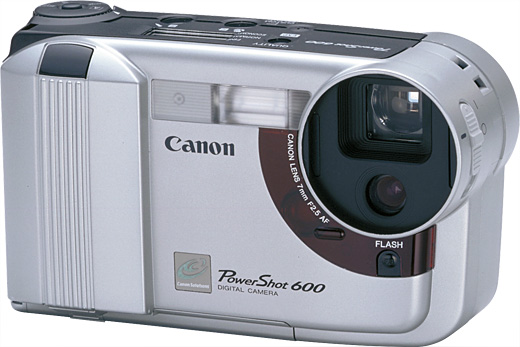
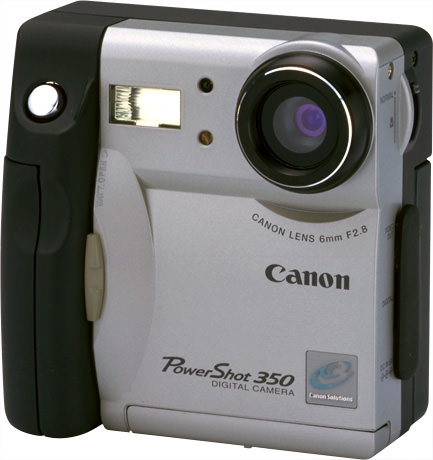
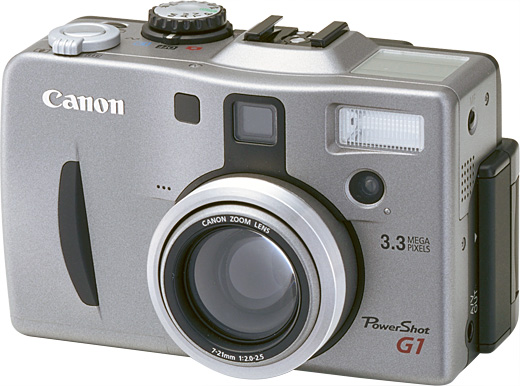
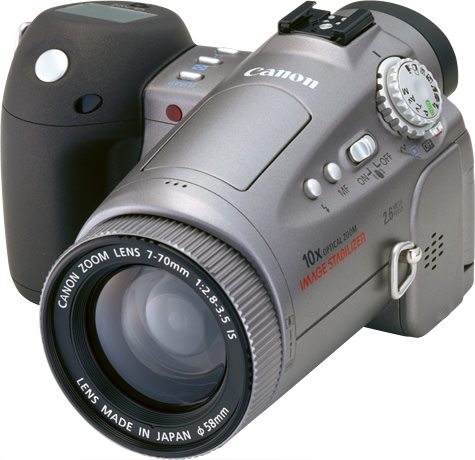
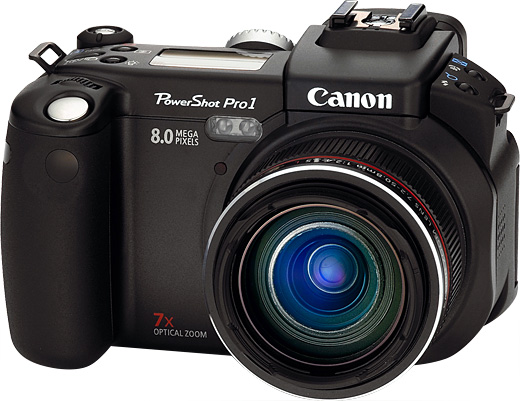
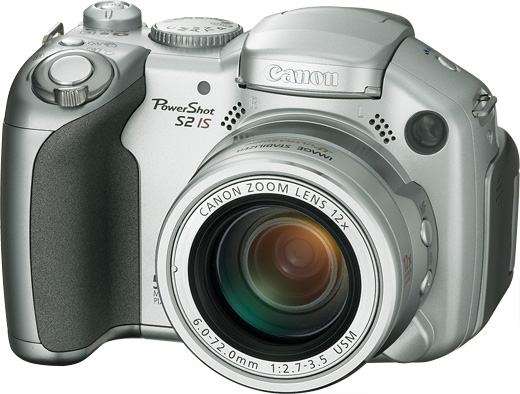
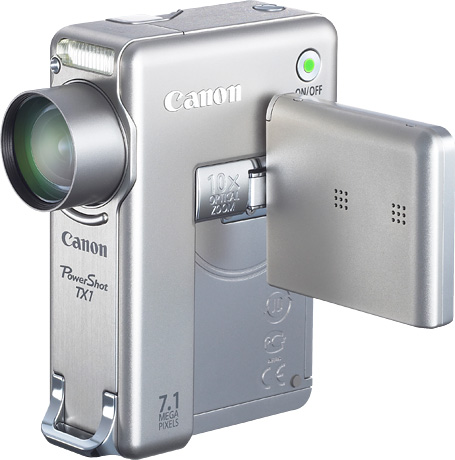
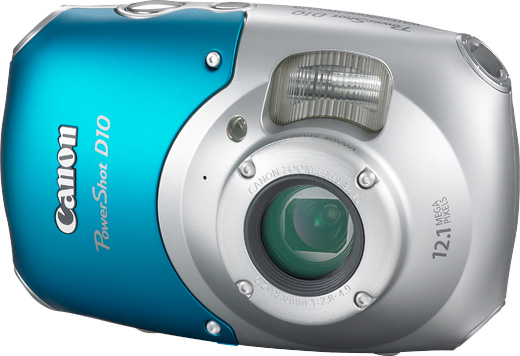

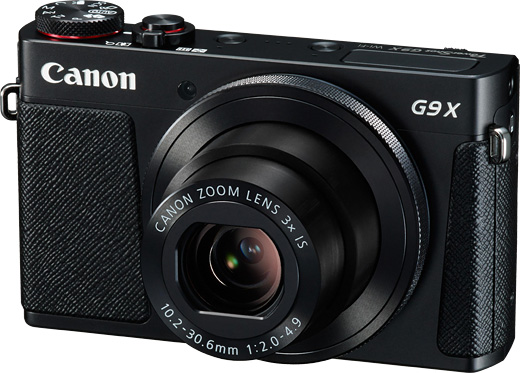
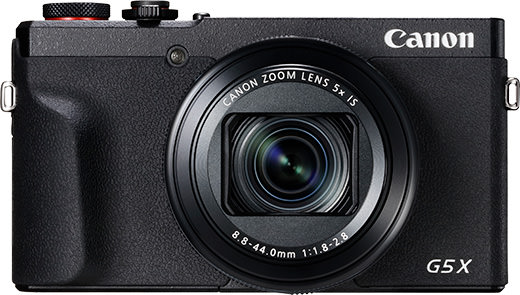
Header Image by James Jeremy Beckers on Unsplash
|
When you purchase through links on our site, we may earn an affiliate commission. Here's how it works. |


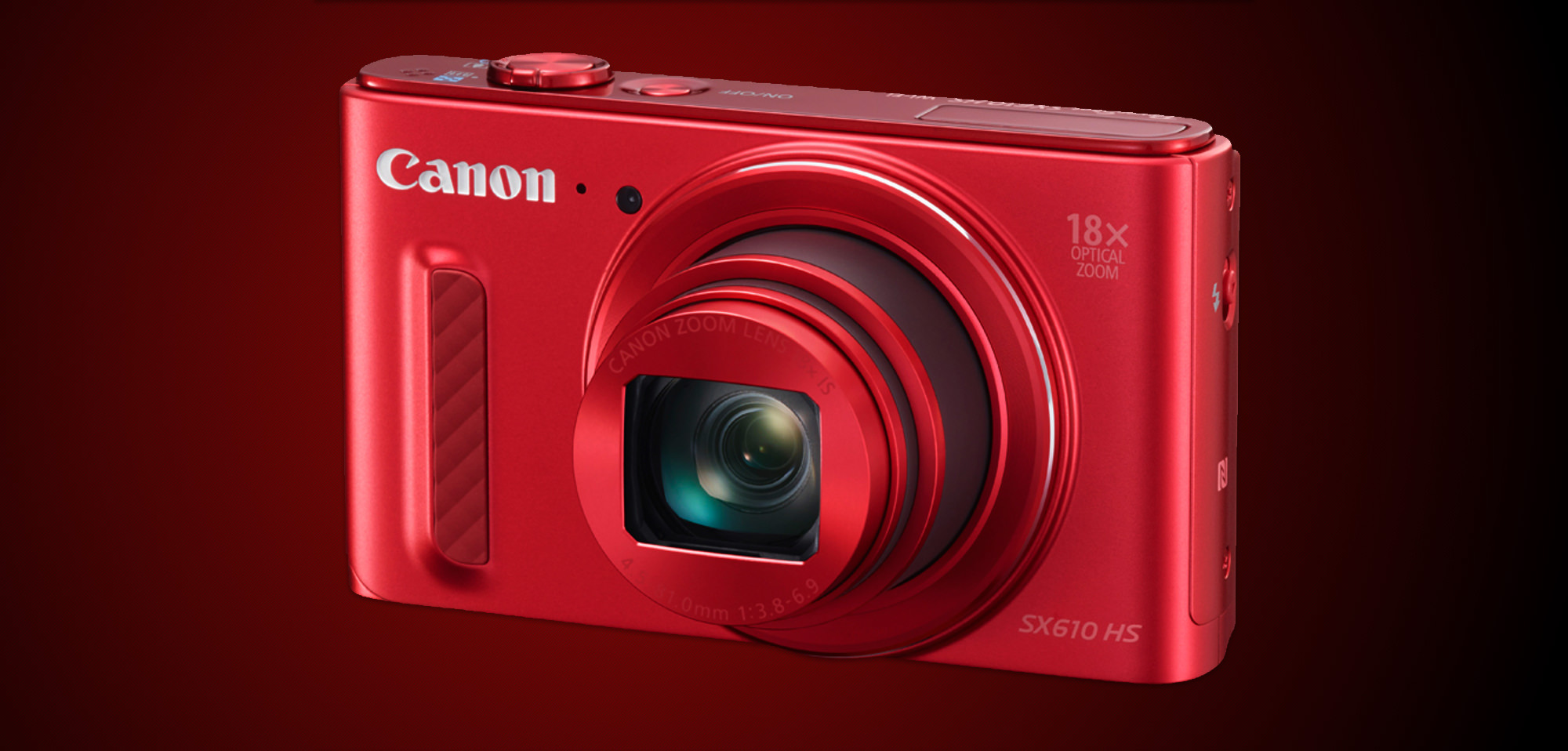





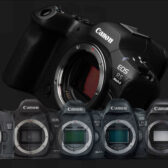

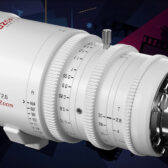

You'd need a mount that could move or be replaced.
I do think that is doable.
I just don't see a business case for it, they have washed their hands of EF-M and will have to continue losing money on it through service commitments.
Well, there's no evidence that modern plastic mounts are any less durable than metal mounts. It helps to reduce cost of the lens. For the pro lenses, the metal mount is more for perceptions than actually being better.
Yep, they still have a few. Unfortunately Canon killed their PowerShot team years ago. Now it appears to be interns doing Kickstarters with weird things.
I don't think this surge in compact camera interest is going to be a fad. The film resurgence certainly hasn't been. We're seeing analog only camera stores opening all over the world.
Regarding compacts, I recently gave my original G1X to a friend who took it on holiday to the States; I’d left the camera in very flat neutral picture style, and he was shooting jpeg, but the flatness allowed me to edit his pictures satisfactorily and print them out at A3, and they are really very good, some beautiful shots of Bryce Canyon. I can produce images with my G1Xiii that are virtually indistinguishable from my FF gear. The facts are that (relatively) modern compacts can make very high quality images without the necessity of larger, more diverse systems.
Phone makers discuss cameras a lot because any other feature today as very little improvements margin, given the form factor and user interface needs. But again small sensors and lenses can\'t improve too much, despite all the processing that could be applied - processing that tends to make all images alike, and might in the long run move users to something allowing more personals results.
I've seen a couple of broken plastic mounts from Nikon and Canon. And just doesn't inspire confidence or quality.
A few weeks ago I photographed a community college cross country meet. I noticed a member of the winning women's team using a point & shoot instead of a cellphone to take photos of her teammates after the meet. I got closer to check out the camera and it appeared to be a generic/no-name camera you might find on Amazon.
My experience is totally anecdotal, but there appears to be some level of demand for small point & shoots. Maybe not much, but it is there.
I had a few Ixus over a number of years from aps film to digital, a brief detour to Sony rx100 and then 7D/24-105mm
Not sure how much new r&d would be needed. They could reuse a previous G body and put some new stuff in it…. Simple!
Going back a few years nobody wanted these compact digicams. I had a Lumix LX7 listed for half of its current going rate for probably close to 2 years before it sold, just to put things into context. Right now everything compact is on back-order and used cameras sell easily for retail and above.
It has been really interesting to observe this phenomenon in real time and I have my theories as to why it happened. Most of the buyers of these cameras are younger Gen-z so obviously social media has played a role, but also never having handled a real camera plays into it because they have grown up with the look and feel of mobile phone cameras so this represents something completely different for them. Quite the irony considering that mobile phone cameras is what made them discontinue them in the first place, but that I feel also has to do with demographics. Millennials and older who were the main users of that product segment decided that mobile phones were adequate and now Gen-Z has started making money on their own and they have decided that they are not adequate. The last IXUS was made in 2017 while the ones with the best specifications goes back even further so we are talking about a huge generational shift here.. 8 plus years since the last flagship.
I have noticed a slowdown now as winter has set in and available light is diminishing though so I wonder if the trend will continue next year. If any of the large camera manufacturers have something in the pipeline marketed towards said demographic for next year I am sure it will be over and these things will again be considered e-waste.
I can only imagine how much money Canon could have made if they still made IXUS cameras and marketed them heavily towards younger people, making limited edition color runs, artist collaborations, updated the cameras in terms of connectivity towards social med etc. It isn't like they demand more advanced technology either, just a bit of tweaking for ease of use for sharing photos online and they are already there.
Yeah it is really strange how in this ultra-capitalistic society this has somehow been overlooked.